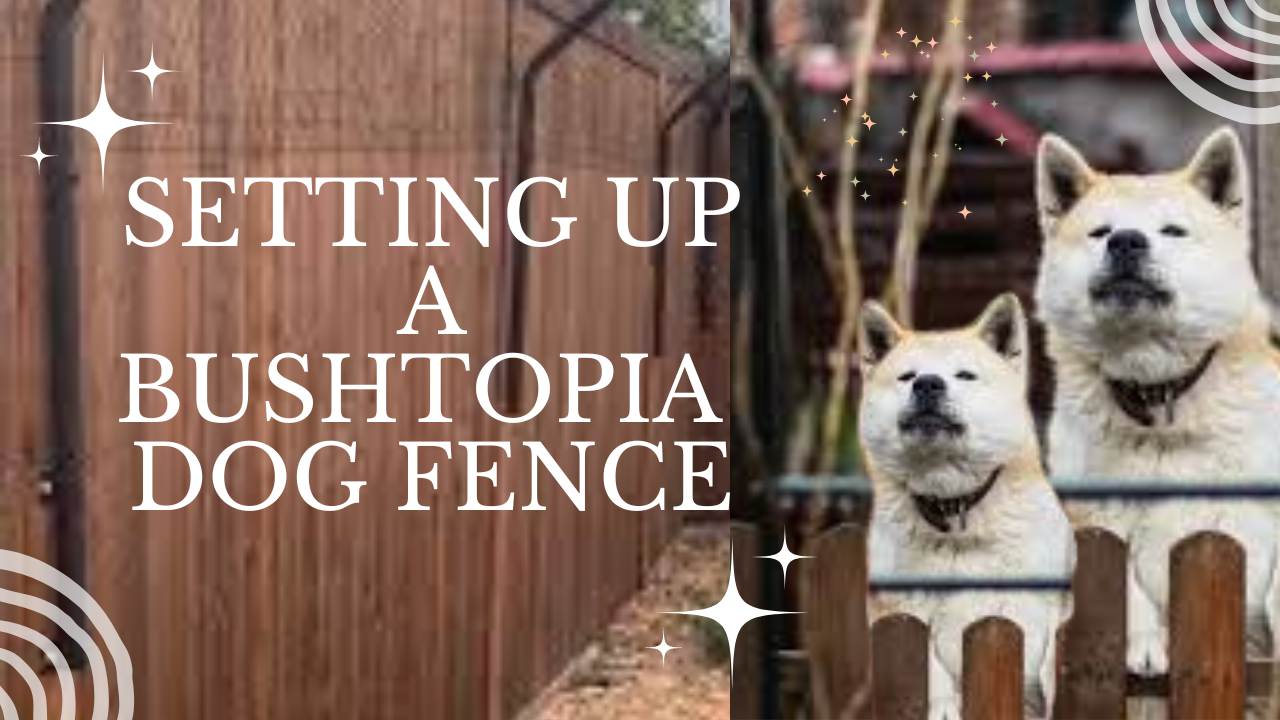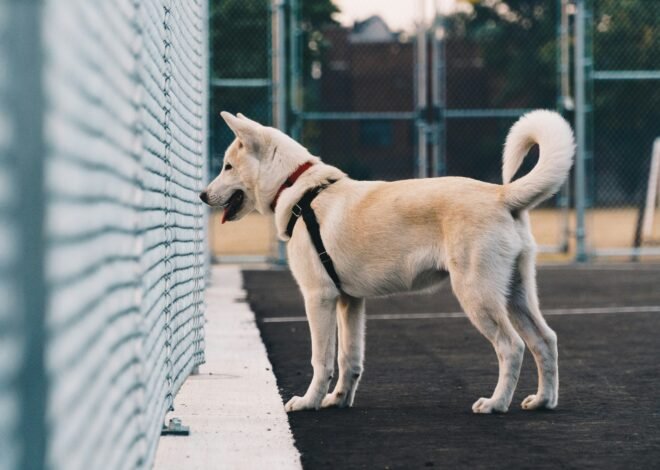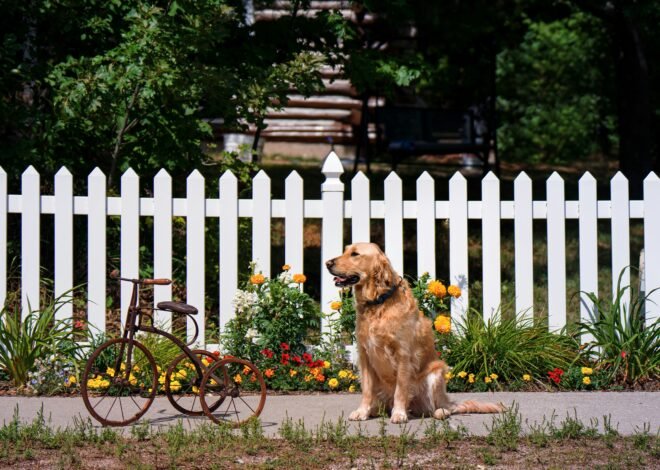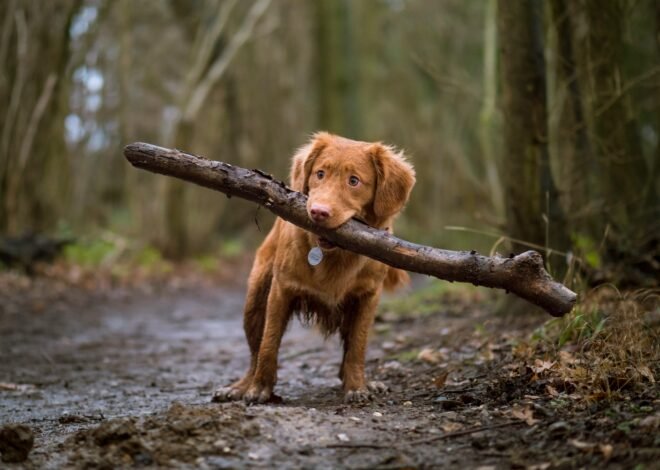
Setting Up a Bushtopia Dog Fence: Tips and Tricks
Setting Up a Bushtopia Dog Fence: Tips and Tricks
Creating a safe and secure environment for your furry friend is essential, and one of the best ways to do this is by setting up a dog fence. Whether you’re a new dog owner or just looking to enhance your current setup, a dog fence can give your pet the freedom to roam while ensuring their safety. In this guide, we’ll walk you through the process of setting up a Bushtopia dog fence, offering tips and tricks to make it an easy and enjoyable experience.
Why Choose a Bushtopia Dog Fence?
Before diving into the setup, let’s discuss why a Bushtopia dog fence is a great choice. Bushtopia is known for its high quality, durable, and customizable dog fences. These fences are designed to withstand various weather conditions and are perfect for any backyard setup. Whether you have a small yard or acres of open space, a Bushtopia dog fence can be tailored to meet your needs.
Benefits of a Dog Fence
- Safety: Keeps your dog within a designated area, preventing them from wandering off.
- Freedom: Allows your dog to enjoy the outdoors without constant supervision.
- Training: Helps in teaching boundaries and proper behavior.
- Peace of Mind: Provides you with the assurance that your pet is safe.
Planning Your Dog Fence
- Assess Your Yard
Start by assessing the size and layout of your yard. Measure the area where you plan to install the fence. This will help you determine how much fencing material you’ll need. Consider any obstacles such as trees, bushes, or uneven ground that might affect the installation.
- Choose the Right Fence Type
Bushtopia offers several types of dog fences, including:
- Wireless Dog Fences: Easy to install, ideal for flat and open areas. Explore key product
- Electric Dog Fences: Provides a more secure boundary, great for larger areas.
- Traditional Dog Fences: Physical barriers like wood, metal, or vinyl fences. Explore high end product
Select the type that best suits your yard and your dog’s behavior. If you have a larger dog or one that tends to dig or jump, a taller and more robust fence might be necessary.
- Setting Up Your Bushtopia Dog Fence
- Gather Your Materials
Depending on the type of fence you choose, you’ll need different materials. For a traditional fence, gather posts, fencing panels, a posthole digger, concrete, and a level. For an electric or wireless fence, you’ll need the transmitter, receiver collar, and boundary flags.
- Mark the Boundary
Use stakes and string to mark the boundary where the fence will be installed. This visual guide will help ensure that your fence is straight and properly positioned. If you’re using a wireless or electric fence, place the transmitter in a central location and mark the perimeter with flags.
F.Install the Fence Posts
For traditional fences, dig post holes at regular intervals along the boundary. The depth of the holes should be about one third the height of the posts. Place the posts in the holes, fill with concrete, and use a level to ensure they’re straight. Allow the concrete to set for at least 24 hours.
- Attach the Fencing Material
Once the posts are secure, attach the fencing panels. Ensure they’re tightly secured to prevent any gaps. If you’re using an electric fence, bury the boundary wire a few inches underground or secure it to the ground using staples. For a wireless fence, set up the transmitter and adjust the boundary range as needed.
- Test the Fence
Before allowing your dog to roam, test the fence to ensure it’s working correctly. For an electric fence, walk the perimeter with the receiver collar to check for any weak spots or breaks in the signal. Adjust the transmitter settings if necessary. For traditional fences, inspect for any gaps or areas where your dog might escape.
I.Train Your Dog
Training your dog to understand the new boundaries is crucial. Start by walking them on a leash around the perimeter, using commands and rewards to reinforce the boundaries. For electric or wireless fences, use the boundary flags as a visual aid. Gradually increase the time they spend offleash within the fenced area, supervising them closely until they’re comfortable and understand the limits.
Tips and Tricks for a Successful Fence Setup
- Regular Maintenance: Regularly inspect the fence for damage or wear and tear. Fix any issues promptly to maintain the fence’s integrity.
- Weather Considerations: Ensure your fence can withstand local weather conditions. For electric and wireless fences, check that the transmitter and receiver are weatherproof.
- Landscape Integration: Blend the fence with your landscape by choosing materials and colors that complement your yard. Plant shrubs or flowers along the fence line for added aesthetic appeal.
- Dog’s Perspective: Consider your dog’s behavior and preferences. If they like to dig, bury the fence deeper or add a barrier at the base. If they’re jumpers, ensure the fence is tall enough to deter them.
- Community Regulations: Check local regulations regarding fence height and placement to ensure compliance.
Conclusion
Setting up a Bushtopia dog fence is a rewarding project that provides safety and freedom for your pet. By carefully planning and following these tips and tricks, you can create a secure and enjoyable outdoor space for your dog. Whether you choose a traditional, electric, or wireless fence, Bushtopia’s high quality products and your thoughtful installation will ensure a happy and safe environment for your furry friend. Happy fencing!


